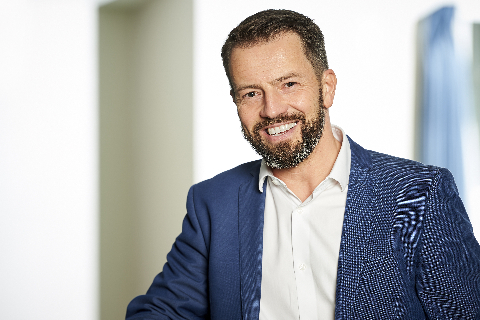This comprehensive two-day advanced program, led by internationally renowned educator Jonathan Hobbs MCSP MSc FHEA (Former AACP Chairman & Accredited Tutor), equips participants with the theoretical understanding and practical expertise to apply dry needling effectively in the management of temporomandibular disorders (TMD), headaches, and migraines.
Through a combination of evidence-based lectures, applied anatomy review, and supervised hands-on practice, participants will gain the skills to confidently integrate dry needling into treatment protocols for a range of craniofacial pain presentations, including tension-type headaches, migraine, cluster headache, trigeminal neuralgia, occipital neuralgia, cervicogenic headaches, and myofascial pain related to TMD.
By the end of this course, participants will be able to:
Understand the pathophysiology, clinical presentation, and underlying mechanisms of TMD, headaches, and migraines.
Identify and accurately locate key craniofacial, cervical, and distal needling points for these conditions.
Safely and effectively apply dry needling techniques to targeted tissues including the temporalis, masseter, pterygoid muscles, suboccipital muscles, and relevant distal points.
Integrate the Hobbs Paradigm – 5 Reasons to Needle to achieve local, segmental, and systemic effects.
Apply protocols for specific headache and migraine subtypes, including tension-type, migraine without aura, cluster headaches, trigeminal neuralgia, occipital neuralgia, and cervicogenic headaches.
Combine dry needling interventions with adjunctive manual therapy, exercise, and patient education for optimal outcomes.
Day 1 – Temporomandibular Disorders (TMD)
Review of relevant craniofacial anatomy & neurovascular structures.
Pathophysiology and classification of TMD.
Local and distal needling techniques for temporalis, masseter, lateral and medial pterygoid, digastric, mylohyoid, sternocleidomastoid, and trapezius muscles.
Safety considerations for craniofacial dry needling.
Clinical reasoning and case-based applications for TMD-related pain and dysfunction.
Day 2 – Headaches & Migraines
Classification and differential diagnosis of primary and secondary headaches.
Pathogenesis and triggers of migraines.
Protocols for tension-type headache, migraine, cluster headache, trigeminal neuralgia, occipital neuralgia, cervicogenic headache, and myofascial headache.
Needling approaches for craniofacial points, suboccipital muscles, and key distal points for autonomic regulation and analgesia.
Integration of needling with multimodal headache management strategies.

Physiotherapist | Lecturer
BSc MSc MCSP MHCPC MAACP MBMAS FHEA
8:30 AM – 9:00 AM – Registration & Welcome
9:00 AM – 10:30 AM –
Course introduction & learning objectives
Review of craniofacial anatomy and neurovascular structures relevant to TMD
Overview of temporomandibular disorders: pathophysiology, classification & clinical features
The Hobbs Paradigm – 5 Reasons to Needle
10:30 AM – 10:45 AM – Coffee Break
10:45 AM – 12:30 PM –
Palpation and identification of key TMD-related muscles: temporalis, masseter, pterygoids, digastric, mylohyoid, sternocleidomastoid
Demonstration and safety considerations for craniofacial needling
12:30 PM – 1:30 PM – Lunch Break
1:30 PM – 3:00 PM –
Practical session: dry needling of local points for TMD (temporalis, masseter, pterygoids)
Distal points for facial pain and autonomic regulation
3:00 PM – 3:15 PM – Coffee Break
3:15 PM – 5:00 PM –
Practical session continued: advanced needling techniques for craniofacial pain
Case study integration: combining dry needling with manual therapy and patient advice for TMD
8:30 AM – 9:00 AM – Registration & Recap of Day 1
9:00 AM – 10:30 AM –
Classification & differential diagnosis of headaches (primary vs secondary)
Pathogenesis of migraines and common triggers
Protocols for tension-type headache, migraine, cluster headache, trigeminal neuralgia, occipital neuralgia, and cervicogenic headaches
10:30 AM – 10:45 AM – Coffee Break
10:45 AM – 12:30 PM –
Practical demonstration: needling craniofacial points for headaches & migraines (anterior, posterior, distal points)
Suboccipital muscle techniques and safety guidelines
12:30 PM – 1:30 PM – Lunch Break
1:30 PM – 3:00 PM –
Practical session: distal points for central analgesia and parasympathetic regulation (HT7, PC6, LU9, LI4, etc.)
Integration of multimodal approaches in headache management
3:00 PM – 3:15 PM – Coffee Break
3:15 PM – 5:00 PM –
Practical session continued: advanced application for specific headache subtypes
Clinical reasoning & patient management planning
Q&A and course wrap-up